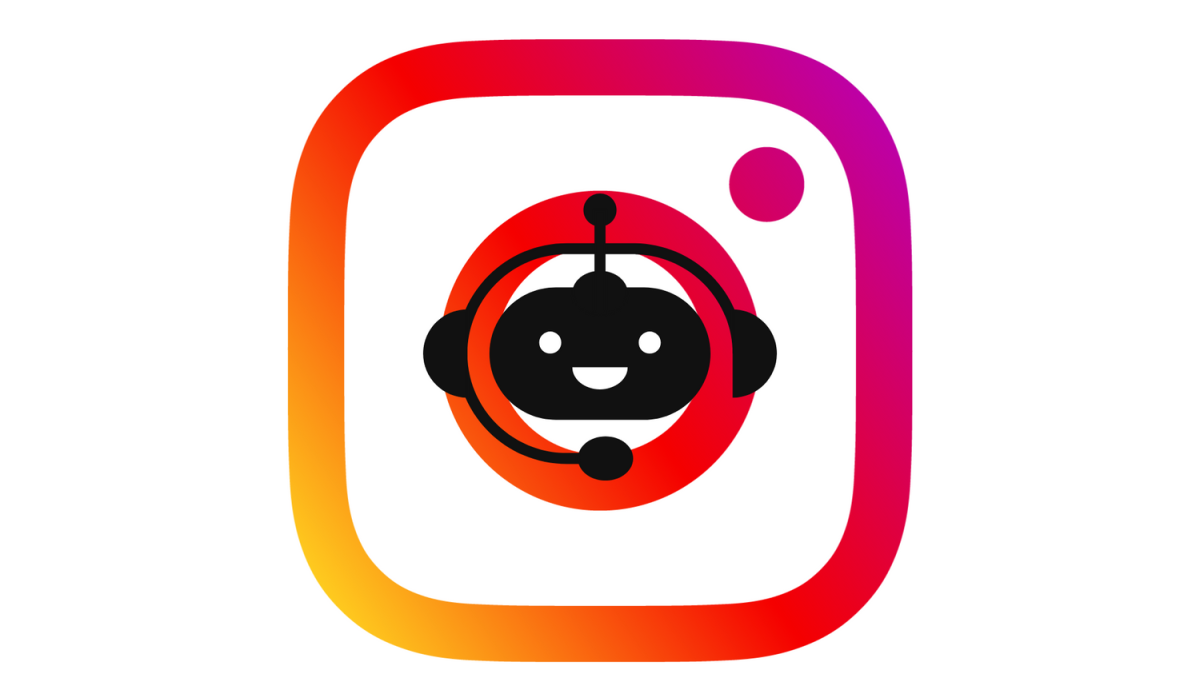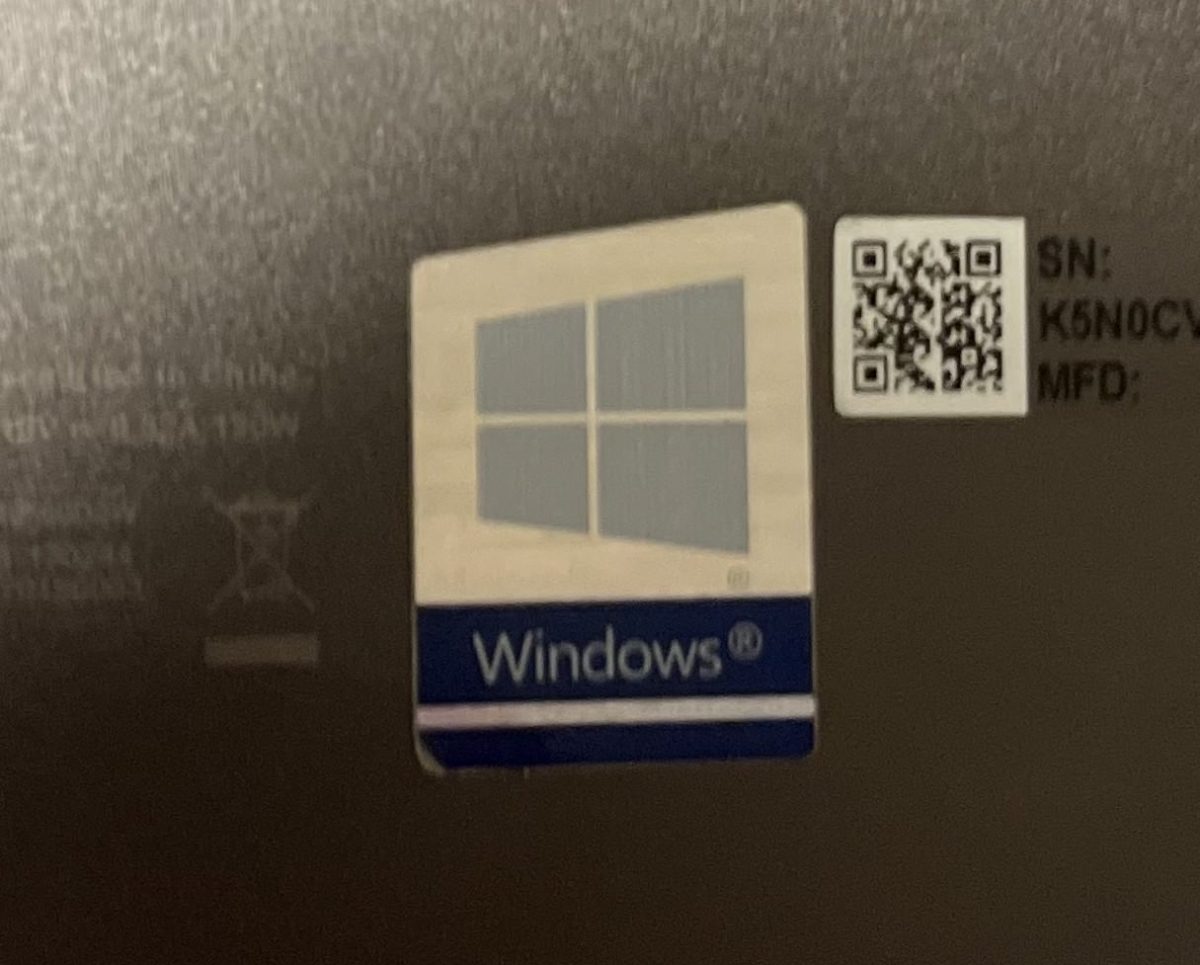The race between tech companies to produce the next big flagship phone is a hectic and perennial battle. Over the past few months, Samsung’s Galaxy S8 and Note 8 have revolutionized the smartphone market, and Apple’s recent iPhone 8 and announced iPhone X (pronounced iPhone 10) seems primed to take it by storm as well. In the midst of these new phones being released, Google has released the sequel to its flagship smartphone: the Google Pixel 2.
The Pixel 2 starts at $649 for the basic 64GB storage option, and the price rises to $749 for the 128GB option, while the Pixel 2 XL starts at $849 and rises to $949 with the same respective storage capabilities. The phone comes in three humorously-named colors: Just Black, Clearly White, and Kinda Blue, although the XL version only comes in Just Black, or a Black and White option.
The Pixel 2 also has a new 5 inch AMOLED display while the XL has a similar 6-inch display. Although the screens both possess high resolutions with their AMOLED designations, concerns have been expressed over their performance. Problems with the screen include discoloration when viewed off-center as well as a “burn-in” issue for various images on the phone. Google has addressed these concerns, stating that such issues are present in other flagship phones as well, but many are dissatisfied with this answer.
Although Google has not spent much time upgrading the phone’s hardware (although water resistance is new) with a lack of wireless charging and a headphone jack, it has spent a large amount of time and effort on developing the software optimization and camera for the phone. The Pixel’s camera received the highest ever smartphone score from DxoMark, an independent camera reviewer service.
In addition, since Google also develops the Android operating software on which the phone runs, the Pixel’s day-to-day usability and intelligent features are unparalleled in any other smartphone. For example, the Pixel has the ability to identify any song playing in its vicinity and will display the song’s name and artist on the lock screen by itself. The Pixel is also able to identify labels and products from photos taken by the camera.
Overall, Google’s new smartphone is a unique challenger to the smartphone market that presents the optimization that some consumers crave, while others criticize it for not being advanced or sleek enough.









